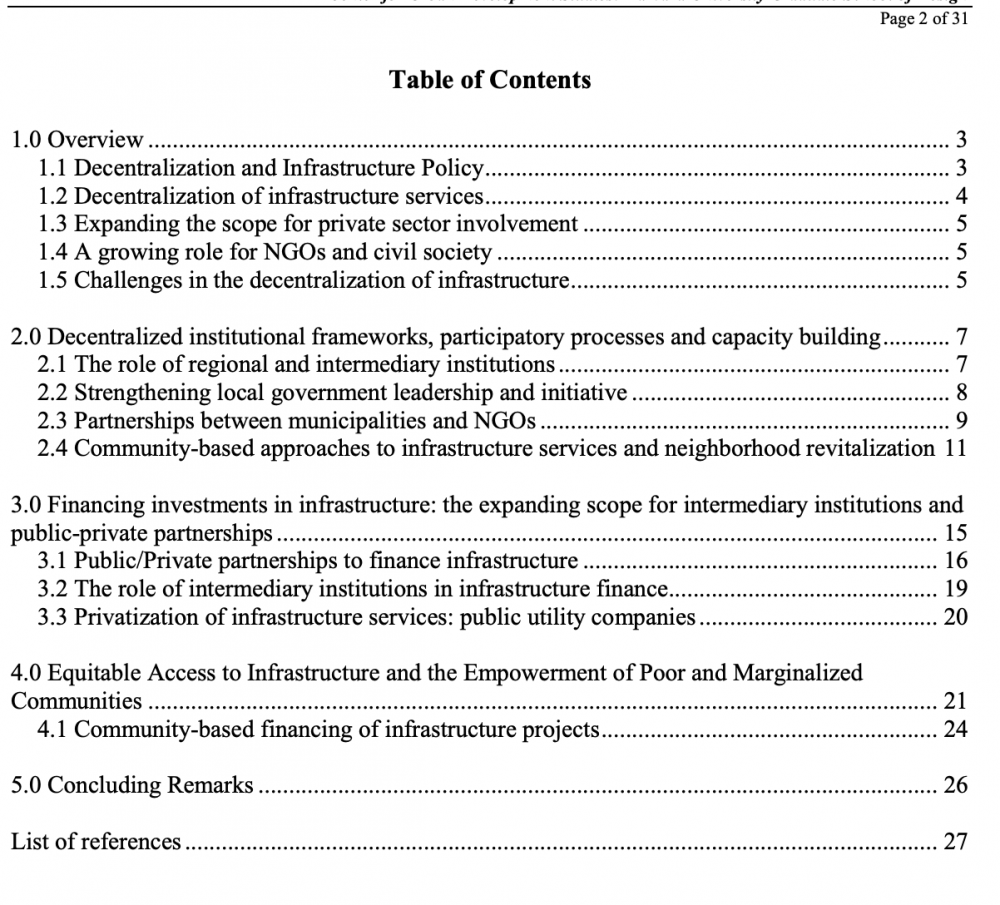Abstract
The 2014-2018 project “National Urban Strategy for Governorates in Iraq” was part of the UN-Habitat’s second phase of the United Nations Development Programme (UNDP) with the Iraq Ministry of Planning Local Area Development Programme (LADP II).
The goal of Iraq’s LADP II project was to increase the capacity for monitoring and coordination between all levels of Iraqi government — with an aim of localizing urban development strategies, sectoral/spatial planning and structural planning at the Governorate level. These changes would ideally result in improved planning practices, higher budget execution and service delivery for Iraqi communities.
To facilitate the achievement of these goals, an I2UD team prepared a 5-part presentation for the Workshop on Strategic Urban Development Framework held from February-March 2016 in Erbil (Irbīl), Iraq. The project goals included analysis of the UN Sustainable Development Goals for 2030.
Excerpt
Documents include sections of Preliminary, Interim and Final report documentation, 2015-2018:
- A summary presentation of the UN Habitat role in the Local Area Development Programme II project, followed by a GDP Computation Report and Presentation, and I2UD’s proposal for a National Urban Strategy Outline.
- Parts 1-5 of the main Project elements: Participatory Planning Platform, Demographic Projections, Economic Analysis, Infrastructure Systems and Resource Management.
- Interim reports, ending with a presentation to the UN Working Group from February 2017: “Presentation to the UN Working Group on Decentralisation and Service Delivery.”
- Presentations on Iraq’s Governorate “clusters”: Southern Cluster, Pilgrimage Cluster, and Central Cluster.
- A final report presentation, from March 2018.


